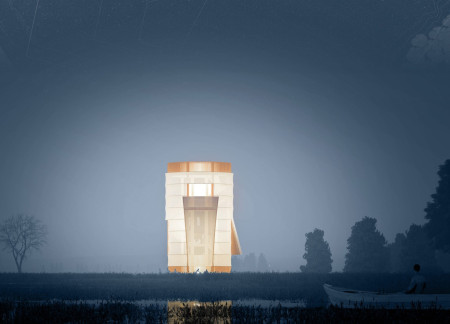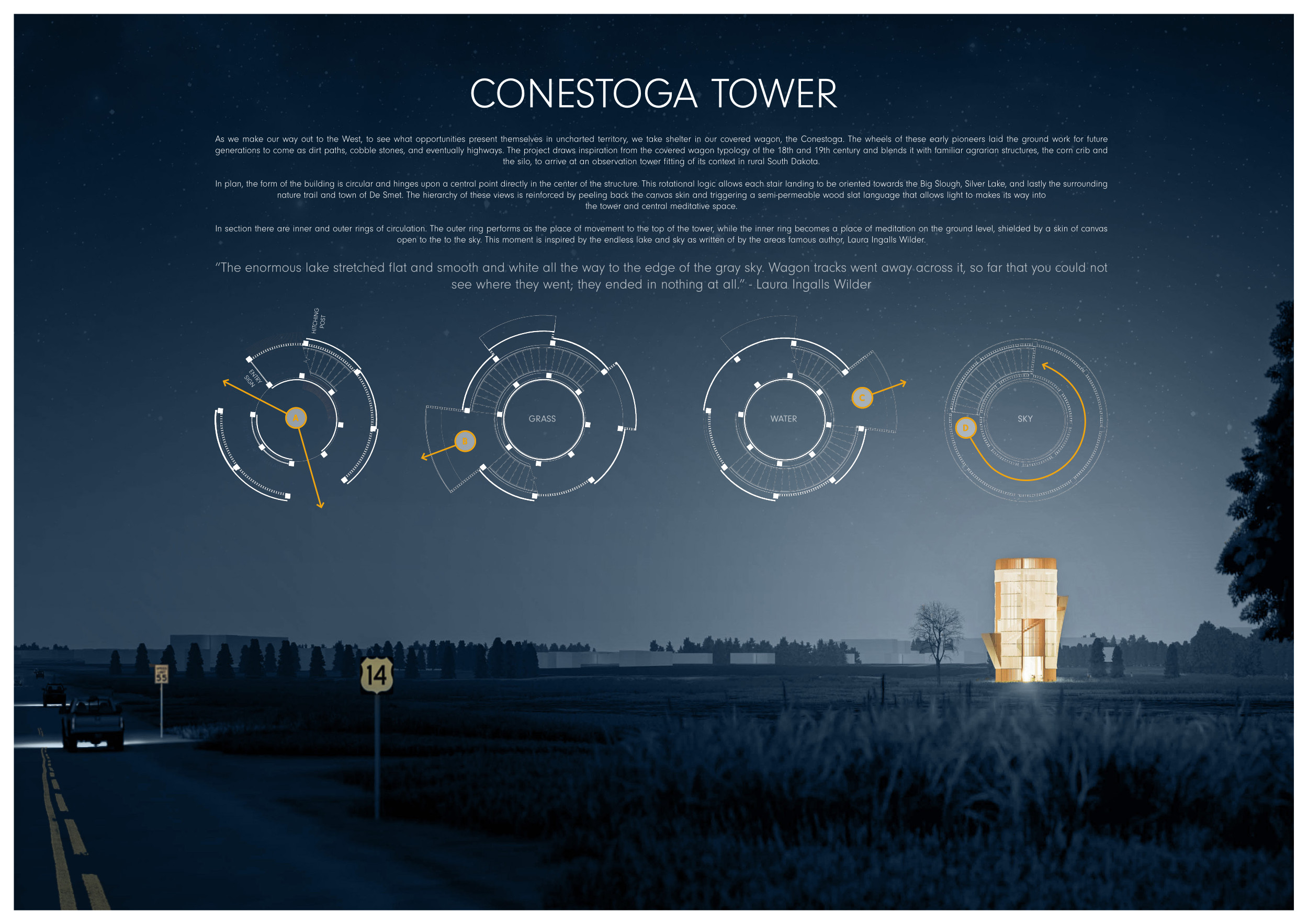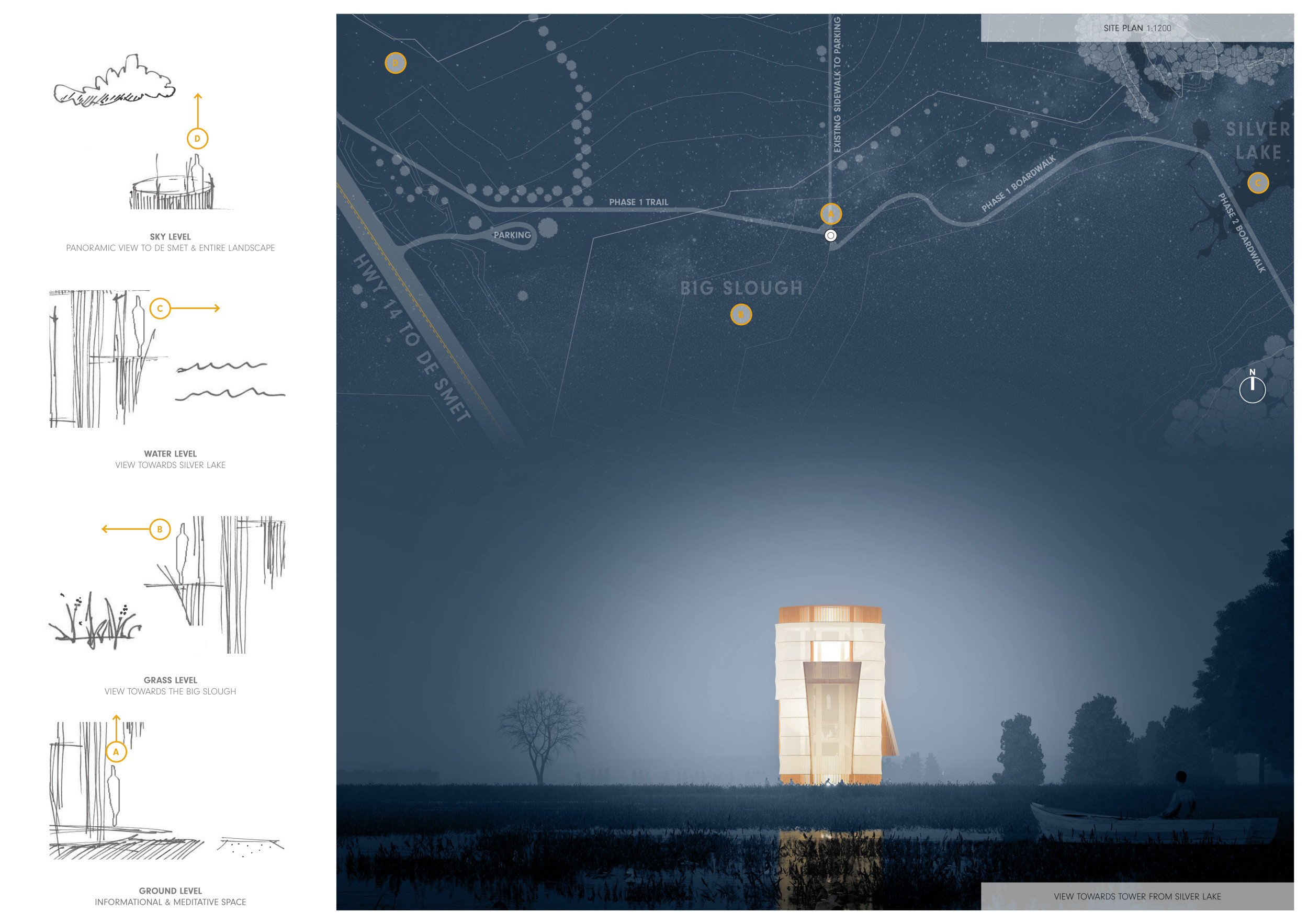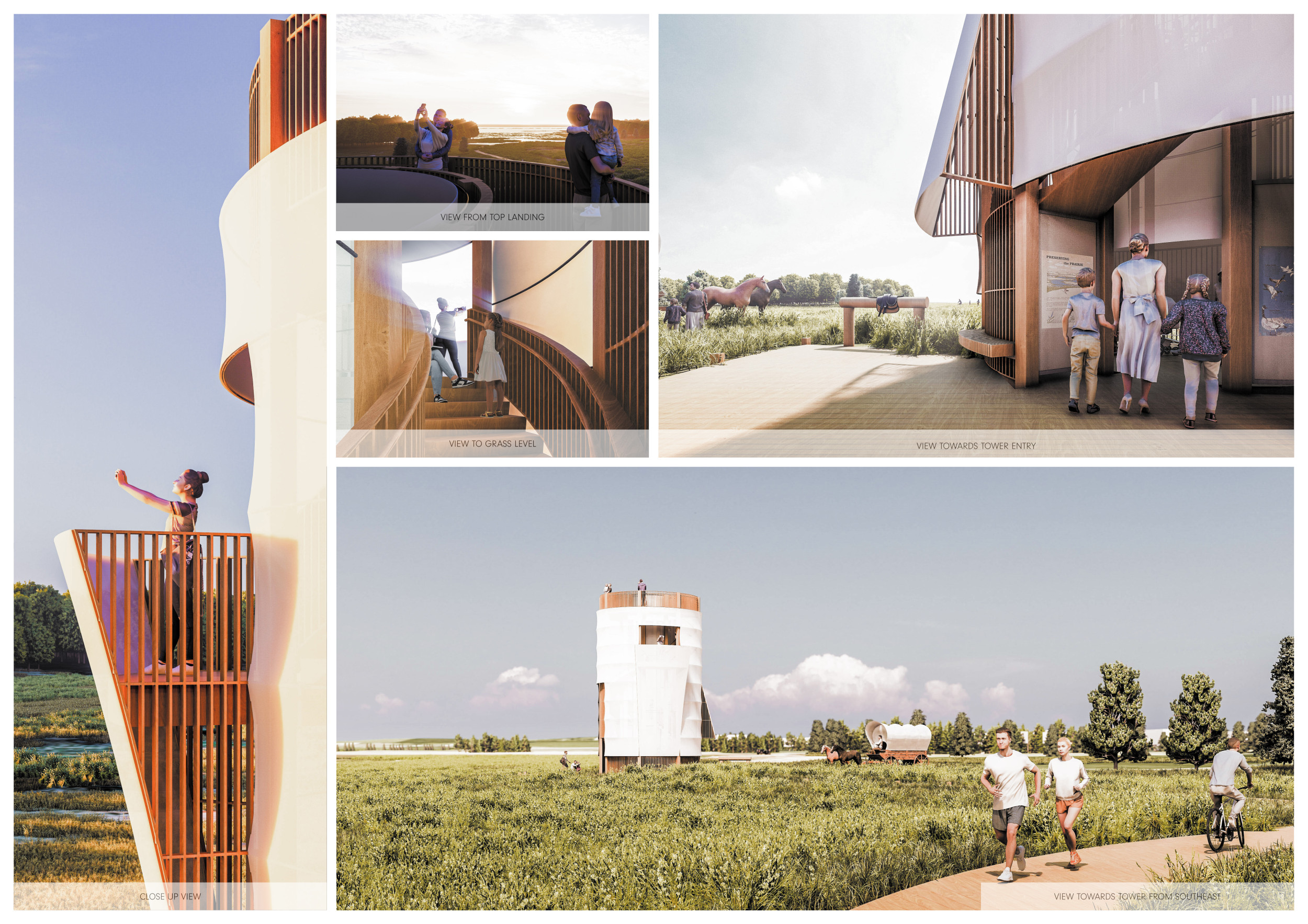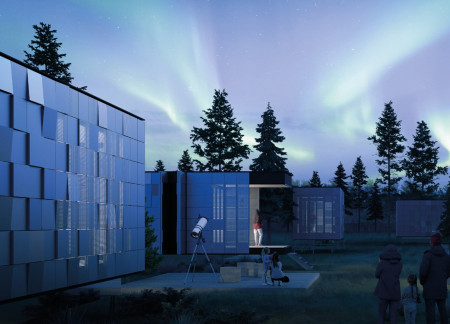A Recreational Design Emphasizing Ecological Sensitivity
The design responds to the challenges of an arid environment by integrating built elements with the natural landscape to support recreational and community activities. Emphasizing sustainability and environmental stewardship, the project seeks to enhance user experience through thoughtful spatial organization and material selection.




